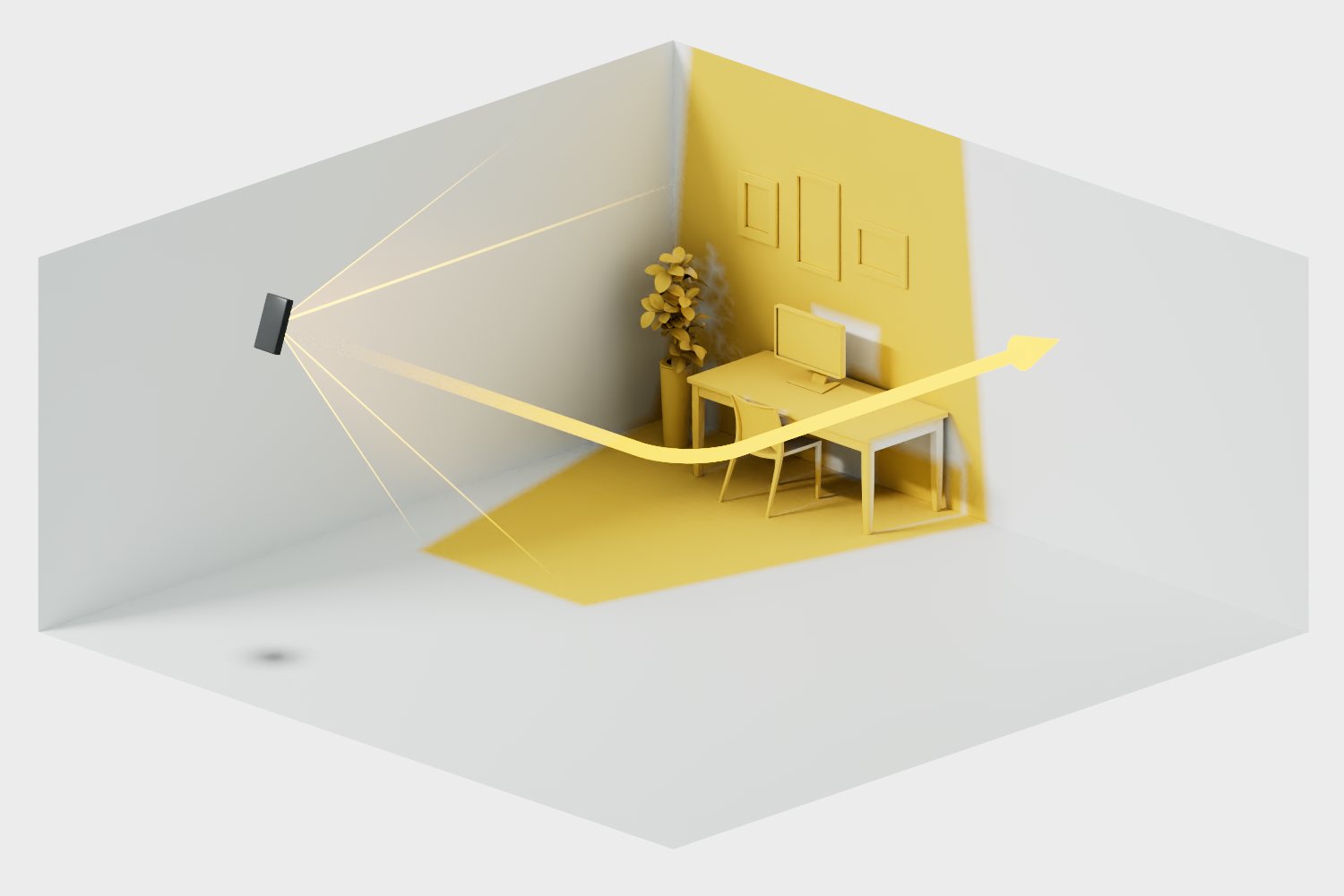Movement plays a crucial role in ensuring high-quality scans and optimal 3D reconstructions. This section encompasses three critical aspects of movement: maintaining consistent motion, avoiding inefficient scanning behaviors like camera panning, and varying elevation and angles.
Maintaining Consistent Motion
Maintaining consistent motion throughout the scan is essential for achieving sharp, clear imagery without motion blur. Move slowly and steadily around the space, ensuring that each movement is deliberate and controlled. For best results, make multiple laps (ideally 2-4) around the space, changing your angle or elevation slightly during each pass. This approach helps in gathering multiple perspectives, enhancing the robustness of the data, and resulting in a more comprehensive 3D reconstruction. Avoid sudden, jerky movements, as these can cause inconsistencies and artifacts in the final model.
Additionally, it's important to ensure that your movement aligns with a systematic 'outside-in' scanning approach. An inside-out approach—starting from the center of the space and moving outward—often results in incomplete data and makes feature identification difficult due to smaller, less connected sections of captured data. Consistent and methodical movement around the outer areas of the room first, gradually working inwards, allows for more significant overlaps between frames, aiding in better feature alignment and reducing the chances of gaps or inaccuracies.
Avoiding Camera Panning
Panning the camera while standing in one place can lead to blurring and reduce the quality of your scan. Instead of rotating in one spot, move through the space using smooth, sweeping motions while keeping your phone in an upright, portrait orientation. Maintaining forward progression helps gather spatial data in a cohesive manner, which minimizes the potential for motion blur and creates a higher-quality capture of the environment. Lastly, minimize in-place rotations and prioritize sweeping horizontal and vertical motions.
Elevation & Angle Variation
Elevation and angle variation throughout the scanning process are crucial for collecting a complete dataset. By changing the height and orientation of the device during each pass, you capture the environment from multiple vertical perspectives, ensuring that elements at different heights—such as furniture, shelves, or architectural features—are accurately recorded. This is particularly useful for larger, multi-level objects or areas with complex vertical elements. Varying the elevation and angle ensures a fuller, more nuanced reconstruction.
For instance, one pass can be made at eye level with a slight upward tilt, another at chest height looking straight ahead, and a third at hip height angled downward by 30-45 degrees. This strategy ensures that the scan captures the room from multiple perspectives, which significantly enhances reconstruction accuracy. More information surrounding how to best determine scan angles can also be found under 'Capturing' > 'Scan Path' in the Teleport Knowledge Base.
By following these principles, you can ensure that your movement—whether progressing around the room or adjusting angles—is optimal for capturing a rich and complete 3D dataset.
Avoid Moving Objects
Movement in the scanned environment can introduce artifacts and reduce the overall quality of the reconstruction. Make sure that no objects, people, or pets are moving during the scan. Any motion captured can lead to inconsistencies in the final model, creating distortions or inaccuracies. Ensuring a stable and static environment will result in clearer, more precise 3D models.
_a0c995be-7809-485f-bb5f-71484e7a1277.svg)
